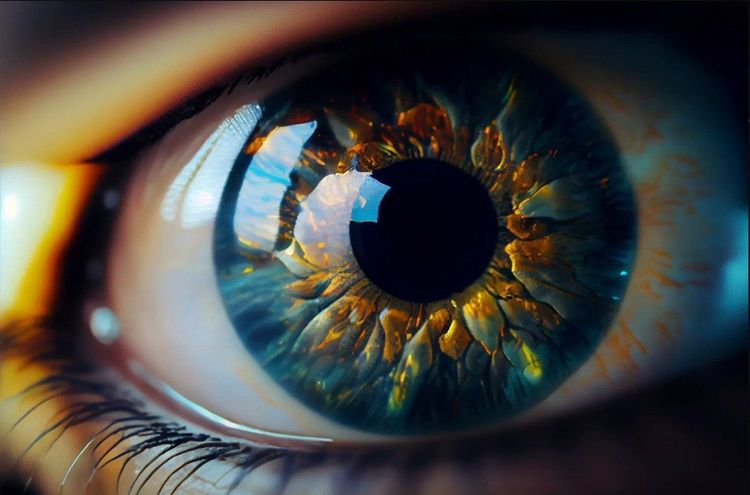NVIDIA Unveils AI Model for Rapid Generation of Objects and Characters in Virtual Worlds
Most people like

Revolutionize your social media strategy with an efficient social media scheduler designed for multiple platforms. Effortlessly manage, plan, and automate your posts to enhance engagement and reach your audience across various channels. Save time and boost your online presence by utilizing a powerful tool that streamlines your content scheduling and optimizes your social media impact.

LogoAI is an innovative AI-driven platform designed to help businesses effortlessly create professional logos and effectively promote their brands.

In today's fast-paced digital world, the rise of artificial intelligence (AI) has transformed how we shop online, particularly when it comes to clothing. Virtual try-on technology allows consumers to visualize how clothes would look on them without leaving their homes, enhancing the shopping experience. This innovative solution is changing the way people approach fashion, making it easier and more enjoyable to find the perfect outfit. With advancements in AI, virtual fitting rooms are becoming essential tools for retailers and customers alike, bridging the gap between physical and online shopping.
Find AI tools in YBX




